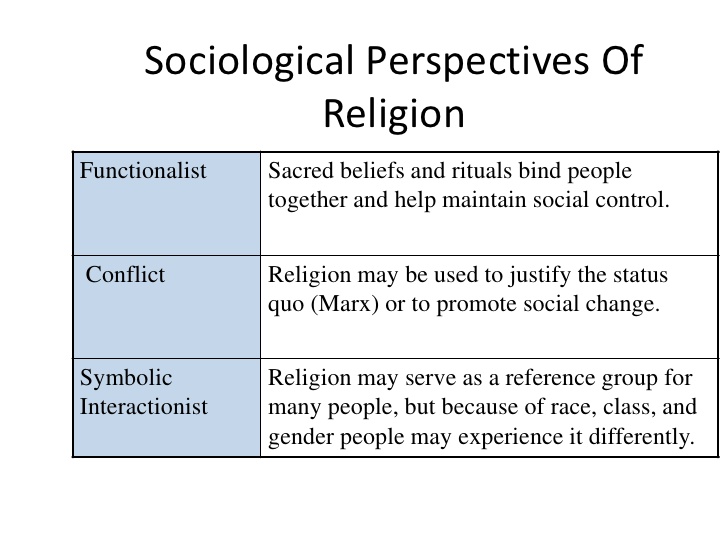Relevance: Sociology: Religion and Society
Religious revivalism is term applied to mass movements which are based upon intense religious upheaval. Periodic religious revivals which seek to restore commitment and attachment to the group are a regular observable feature of religious traditions.
- Revivalism happened in 18th century in western Society among methodists. In India Arya Samaj is one of the most important revivalist movements which were based on shudhi movement. It aimed at converting Hindus back to the fold who had converted to other religions. This had profound impact on Hindu especially lower caste Hindus. They sought to other religions to improve their social status. They also gave equality to women especially in education.
What does Revivalism mean?
- Revivalism simply means revival of religion in any form, be it institutional attendance as in a church, growth of religious institutions and phenomenon like sects, cults and denominations, rise in individuals pursuing spiritual peace through personal motions of religion and finally, growth of fundamental ideas or fundamentalism. Further, sometimes, fundamentalism and religious revivalism are considered one and the same.
How did the thinkers put this concept?
- Classical evolutionary theorists like Comte, through evolutionary perspectives like theological stage, metaphysical stage, and scientific stage, predicted that science will replace religion. During renaissance period, religion saw a decline in its presence, both, in terms of attendance to institutions as well as a matter of belief as rationality and scientific temperament sought to side-line it.
What are the Causes of Religious Revivalism?
- New insecurities and alienation that arise out of migration and urbanisation in a globalised world are driving more people to religion as a way of establishing their identities and validating their experiences
- There is a revival of institutional religions across the world. In different parts of the world religion has become more visible, both in its institutional form and as an assertion of identity. This increasing prominence of religion and new forms of religious formations can be located in the social psychology of communities and people who are undergoing socio-economic and cultural transitions.
- One of these transitions is the unprecedented migration of communities and the increasing perception that there is socio-cultural and economic inequality across the world. There is an increasing sense of multiple layers and a process of alienation emerging out of multiple levels of ‘dislocations’ of the self, community and identity.
- However, the relative visibility of institutional religion may be due also to the increasing role of the ‘image’ industry, rather than true conversion or transformation of people from one faith to another. Religion has many manifestations and we often tend to confuse institutionalised religion with other aspects of religion (personal experience, belief, theology etc).
- The revival of institutionalised religion is partly due to the high visibility it has gained in the media explosion of the last ten years.
- Then there are new insecurities arising out of social, economic and political transitions and the consequent feeling of alienation they engender.
- For example, there is enough evidence that those who belong to migrant communities tend to be more religious. The reasons could be partly sociological and cultural.
- There are also economic and social insecurities that arise out of the tension of losing a job or being alone in a multicultural environment. These too add to the quest for a ‘sense of belonging’, and ‘identity’ gets accentuated when one feels marginalised in a given context.
- There is a new sense of alienation due to increased ‘individuation’, and the consequent feeling of being lonely and insecure. This has an age-related dimension — when one is too young (increased anxiety about jobs) and when one is into middle age (the fear of losing a job, falling sick etc).
- Then there is also a new sense of political insecurity that emanates from ‘accentuated identities’ (majority and minority) that create a sense of insecurity (for example when young Australians find it difficult to find jobs, they may feel that Indians are stealing their jobs and then Indians begin to mobilise on the basis of being Indians).
For more such notes, Articles, News & Views Join our Telegram Channel.
Click the link below to see the details about the UPSC –Civils courses offered by Triumph IAS. https://triumphias.com/pages-all-courses.php



One comment